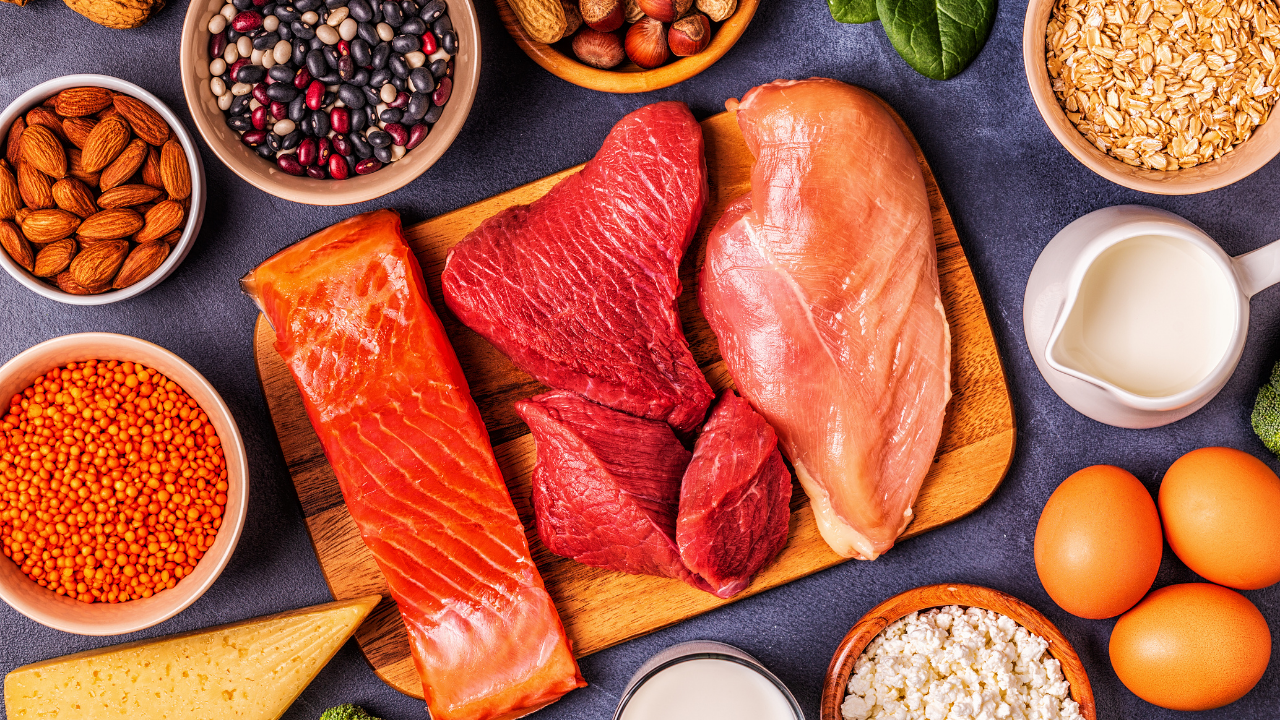
Years ago, it was believed that in order to lose weight, a person would need to exclude all of their favorite foods and eat only “clean” whole foods. While it is true that reducing intake of high fat high sugar processed foods may help a person reach a caloric deficit, nutrition experts believe that including our favorite foods in moderation can absolutely contribute to fat loss and weight management.
Flexible dieting has become a mainstream term that has transformed the way people view dieting. Essentially, it consists of determining caloric needs and counting macronutrients to help maintain muscle mass and hit calorie goals. Flexible dieting promotes the 80/20 rule, meaning 80% of foods are clean and unprocessed, and up to 20% of foods can be treats such as chocolate, creamer, and even alcohol. This allows variety and flexibility in the diet while still reaching your health goals of losing or gaining weight.
What are macronutrients? Macronutrients or “macros” make up the majority of calories we consume. The big 3 macronutrients are protein, carbohydrate, and fat.
Protein: 1 gram = 4 kcal
Carbs: 1 gram = 4 kcal
Fat: 1 gram = 9 kcal
Not usually included
Alcohol: 1 gram = 7 kcal
Step 1: Determine your maintenance calories.
There are a variety of factors that make up your caloric needs. Everyones caloric needs differ based on age, sex, amount of muscle mass, dieting history, medical history, and activity level. This is why it is so important to understand that nutrition is very individualized and is not a one-size-fits-all meal plan. Though it may not be the most accurate way to determine caloric needs, it is a good place to start.
Begin by determining the amount of calories you burn at rest known as your basal metabolic rate (BMR) by using the Mifflin St. Jeor Equation.
Men: (9.99 x weight in kg) + (6.25 x height in cm) – (4.92 x age) + 5
Women: (9.99 x weight in kg) + (6.25 x height in cm) – (4.92 x age) – 161
Next you will want multiply your BMR by an activity factor from the following based on your lifestyle:
Sedentary: Little or no exercise, desk job. (1.2)
Lightly Active: Light exercise or sports 1-3x/week (1.375)
Moderately Active: Moderate exercise or sports 3-5x/week (1.55)
Very Active: Hard exercise or sports 6-7x/week (1.725)
Extremely Active: Hard daily exercise or sports and physical job (1.9)
This total is your Maintenance calories, or the number of calories needed to maintain your current weight with your current activity level.
Example: 26 year old female, 5’2, 130 lbs. BMR = 1,292 x 1.55 (moderately active) = 2003 kcals maintenance
*For fat loss subtract 500 kcals. 2003-500 =1503 kcals
Step 2. Determine macronutrient breakdown for fat loss.
Protein will be your most important macronutrient for preserving lean muscle mass and keeping you satiated. Currently, most evidence suggests that ~1.6 grams of protein per kilogram, or . 73 grams of protein per pound is a recommended daily target for protein intake to spare lean body mass loss during periods of weight loss
Example: 130lb x .73 = 95g protein x 4 = 380kcal from protein
Fats serve as an important macronutrient for nutrient absorption, hormone production, and cell growth. The acceptable macronutrient distribution range for fat is 15-25% of caloric goal. Take 1503 x .25 = 376 kcal from fat / 9 kcal = 42g fat
Carbohydrates serve as your source of energy for brain functioning and intense exercise. To calculate carbohydrate needs simply subtract protein and fat calories from total calories and divide by 4.
Example: 1503 total calories – 380 from protein – 376 from fat = 747 calories for carbs
747 calories / 4 calories = 187 grams of carbs
Total macros for fat loss = 95P/42F/187C = 1506 calories





